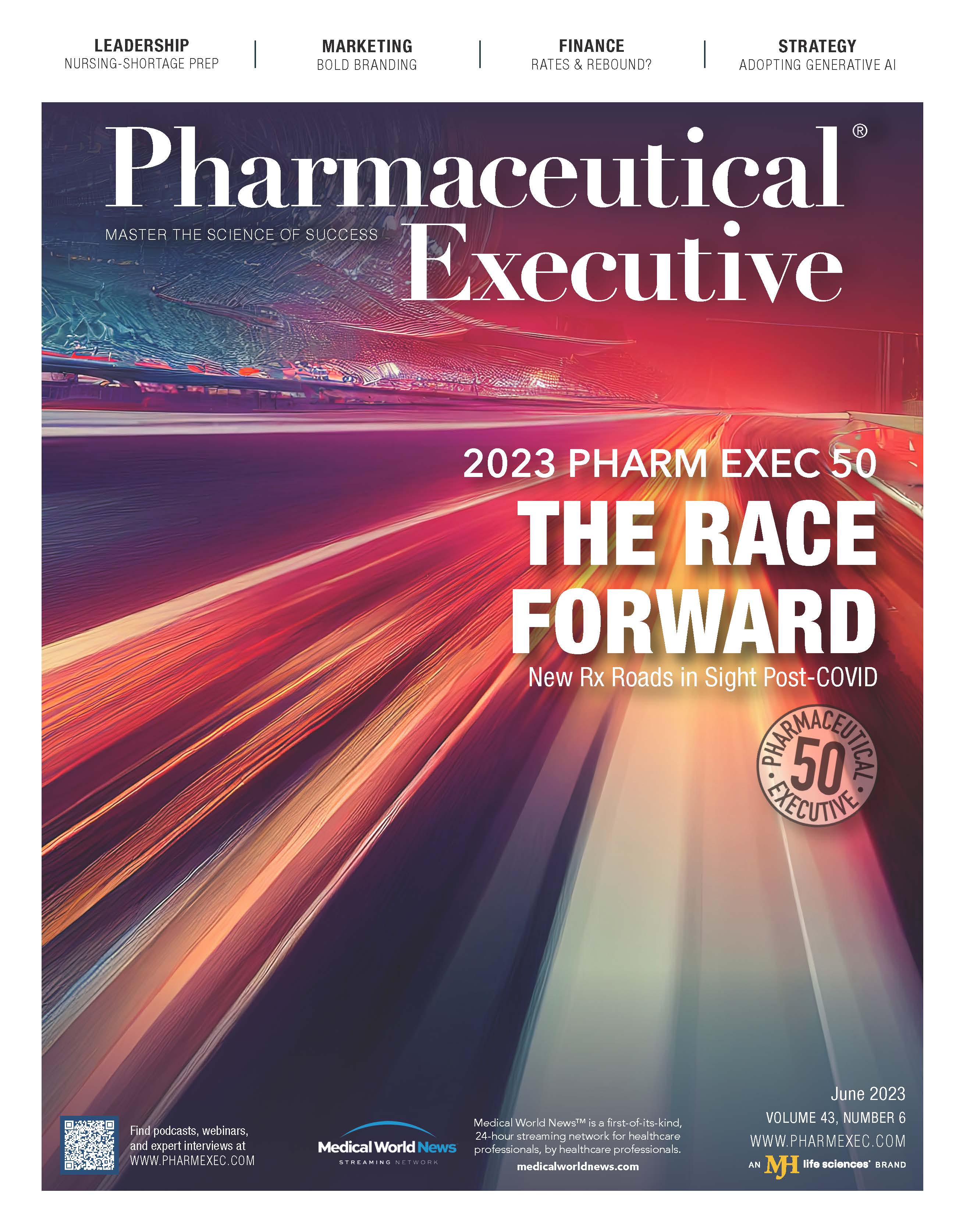The Quest to Fully Address Prescription Drug Affordability
The Medicare Part D cap won’t solve need for financial assistance.

Several important and historic reforms to the Medicare program are in sight, thanks to the passage of the Inflation Reduction Act (IRA) in August 2022. For the millions of patients living with life-threatening, chronic, and rare diseases, these reforms can’t come soon enough. But we also know, for far too many, challenges affording their out-of-pocket prescription medication costs will continue.
As a result of the IRA, patients’ liability for 5% of the cost of their medication in the catastrophic phase of their Medicare Part D benefit will be removed beginning in 2024, resulting in an annual Part D cap at the catastrophic threshold, equal to about $3,250 in out-of-pocket costs. In 2025, this cap is lowered to $2,000. Additionally, in 2025, health plans will be required to offer individuals the opportunity to opt-in to a “smoothing program,” enabling them to spread their out-of-pocket costs over the course of the year. The impact of these reforms on patients’ ability to afford their treatments will be significant and should be celebrated.
However, we hear every day from patients about how these reforms are critical steps toward improving access. Many also share that the cap at catastrophic in 2024 and the $2,000 cap in 2025 will continue to present affordability challenges for them and others. That’s why, in the months following the passage of the IRA, the PAN Foundation conducted a national poll to hear directly from patients about the potential impact the reforms will have on them.1
According to our poll, approximately 75% of adults said that it would be difficult to afford $2,000 in out-of-pocket prescription costs each year. Concerns were especially high among Black and Hispanic adults, adults with incomes of less than $50,000, and adults with chronic or rare diseases. For many, these continued affordability challenges may result in having to make difficult decisions—such as choosing between taking their medications as prescribed or buying less food for their families.
In addition to hearing directly from patients, we also wanted to better understand the potential impact of these new reforms based on existing data. That’s why PAN commissioned research by Avalere Health to examine the projected beneficiary utilization and spending by Medicare Part D beneficiaries under the new reforms.2 The Avalere analysis found:
- More than 2.6 million non-low-income subsidy Medicare Part D beneficiaries will have out-of-pocket spending high enough to reach the new $2,000 annual out-of-pocket cap on Rx medications in 2025, the year it goes into effect.
- Approximately 800,000 beneficiaries in 2024 and more than 200,000 in 2025 will spend more than 10% of their income on prescription drugs each year.
- A higher share of beneficiaries who qualify for Medicare based on disability, as well as greater shares of Hispanic and Black beneficiaries, will have high spending levels early in the calendar year.
Paired with our national polling, these Avalere findings confirm what we already suspected—even with the Medicare reforms in place, many patients will still face real challenges affording their out-of-pocket prescription costs. To further illustrate this point, we want to introduce you to a real-life patient facing affordability challenges, George Valentine.3
George is a retired, 71-year-old Medicare beneficiary living with chronic lymphocytic leukemia. While George acknowledges that the impending $2,000 annual cap will be helpful, he knows it will still be a significant burden for those living on a fixed income, like himself. He reminds us that patients are facing a whole host of other healthcare-related costs, not just out-of-pocket costs for prescription medications. For George, last year alone, this included the cost-sharing requirements associated with his 60+ physician office visits and the 150+ labs and diagnostic tests he underwent.
As we reflect on the millions of patients across the country like George who are living with multiple chronic conditions and relying on multiple medications each day, we must recognize the critical role charitable patient assistance foundations will continue to play. Because until everyone can get the healthcare they need and deserve, our work is not done.
References
- National Poll: Many Adults will Struggle to Afford Medications Even with Medicare Reforms. PAN Foundation. November 15, 2022, https://www.panfoundation.org/national-poll-many-adults-will-struggle-to-afford-medications-even-with-medicare-reforms/
- Despite Historic Medicare Reforms, Charitable Assistance Programs Still Critical for Many. PAN Foundation. January 23, 2023, https://www.panfoundation.org/despite-historic-medicare-reforms-charitable-assistance-programs-still-critical-for-many/
- George Valentine: The Need for Predictable Out-of-pocket Costs. PAN Foundation. https://www.panfoundation.org/georges-story/

Trump: 'Major Tariff' on Pharmaceuticals Coming Soon
Published: April 9th 2025 | Updated: April 9th 2025“We’re going to tariff our pharmaceuticals, and once we do that, they are going to come rushing back into our country," President Donald J. Trump said during a Tuesday night dinner in Washington.